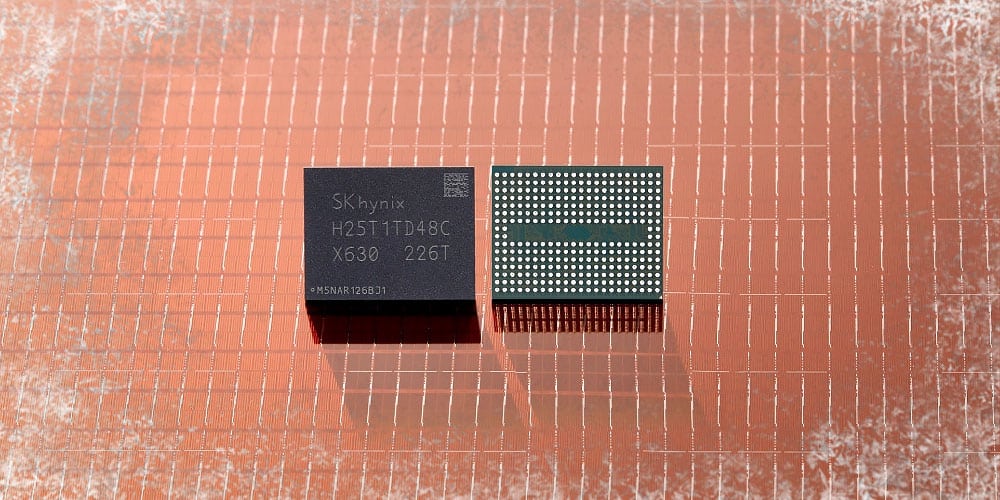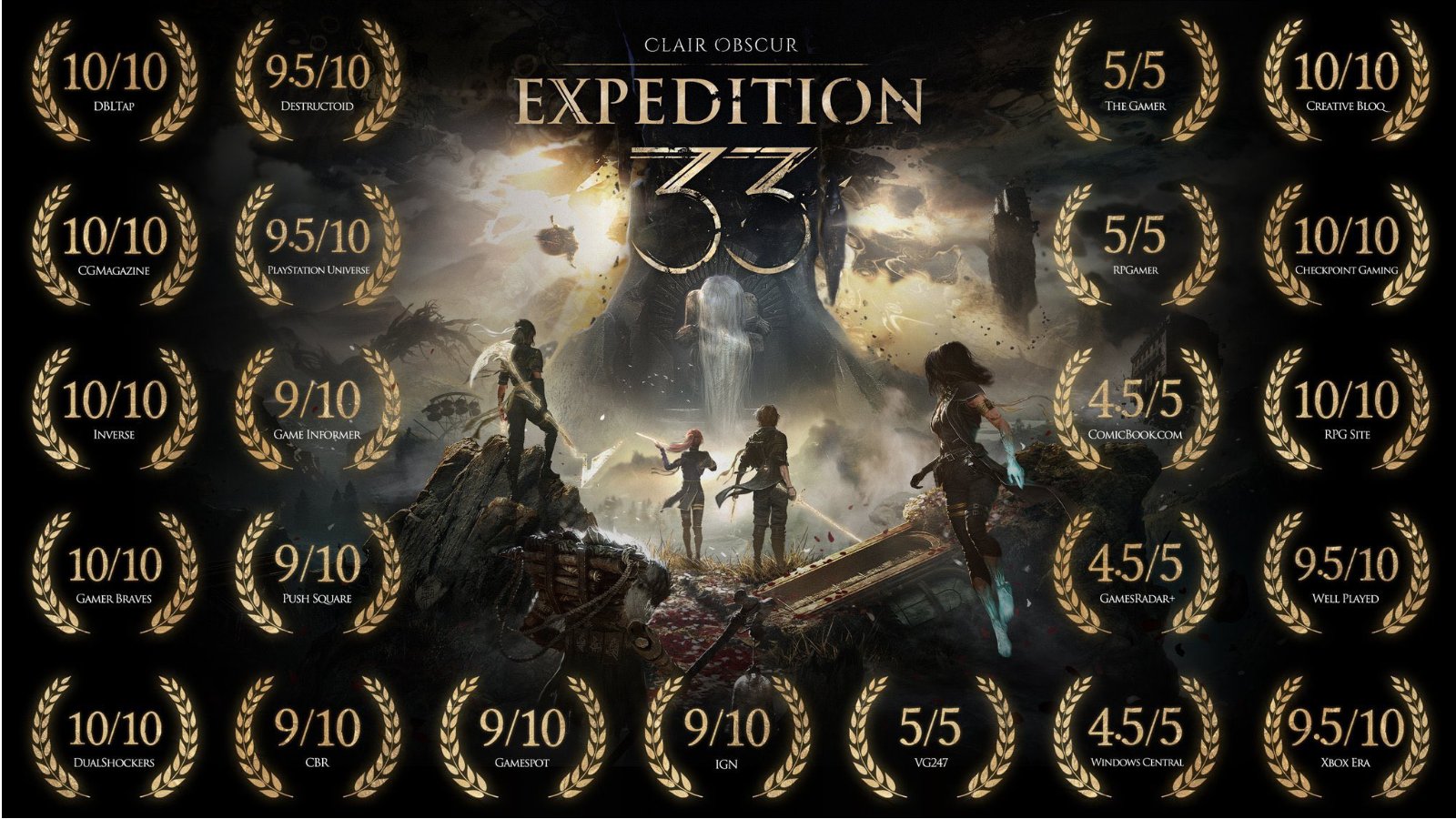- The CEO of Phison predicts a lasting shortage of NAND storage, which could extend for several years.
- Investment in NAND flash production has been low, and companies have moved resources to produce HBM instead.
- Prices for NAND are expected to rise, which could make storage a significant limiting factor for AI.
New information has revealed a new warning regarding the memory shortage, but this time it is specific to NAND storage. Pua Khein-Seng, CEO of Phison, recently warned that the lack of supply, or shortage, will be a long-term issue. A far more ambitious projection than most analysts, who often talk about cycles of only one year.
The conversation of the CEO, documented by Taiwanese magazine CommonWealth and featured on a news website, Tom’s Hardware, underscores the idea of a memory “supercycle” in which supply fails to meet demand.
In 2022 and 2023, the “big clouds” spent billions on HBM to train AI models. That period has already concluded, and it is now time to monetise. And big inference necessitates nearline storage, which is neither as quick as hot storage nor as inexpensive as cold storage. Still, it is critical for preserving prior versions of models, old queries, or user data that is not accessed regularly.
Pua says that inference is the holy grail that drives investment and profitability for Big Tech, but executing the end strategy requires a lot of storage.
The imbalance has been in place for a long time. For years, every time NAND producers increased their investment, prices fell, and corporations never recovered their losses. This vicious cycle caused a reduction in spending in 2019 and 2020. In 2023, Micron and SK Hynix chose to transfer a significant portion of their cash to HBM, drawn by significantly better margins, which further decreased investment in flash.
The situation is beginning to alter. Following a period of dropping prices and oversupply, firms such as SanDisk, Micron, and Western Digital have announced price freezes or increases to meet rising demand. Everything suggests that this tendency will continue as AI consumes resources on a vast scale.
At the end of the interview, Pua said:
“Since 2022, cloud companies have been scrambling to secure GPUs, primarily for training models. Training uses HBM and has little to do with flash memory. Now, those models appear to have matured . Because of this, NAND Flash memory will face a severe shortage next year. I truly believe supply will be limited for the next ten years,” says Phison’s CEO.
If these predictions are accurate regarding the shortage of supplies, then in the upcoming years, we will see such high prices that storage will be the actual bottleneck of AI.
Thank you! Please share your positive feedback. 🔋
How could we improve this post? Please Help us. 😔
[Editor-in-Chief]
Sajjad Hussain is the Founder and Editor-in-Chief of Tech4Gamers.com. Apart from the Tech and Gaming scene, Sajjad is a Seasonal banker who has delivered multi-million dollar projects as an IT Project Manager and works as a freelancer to provide professional services to corporate giants and emerging startups in the IT space.
Majored in Computer Science
13+ years of Experience as a PC Hardware Reviewer.
8+ years of Experience as an IT Project Manager in the Corporate Sector.
Certified in Google IT Support Specialization.
Admin of PPG, the largest local Community of gamers with 130k+ members.
Sajjad is a passionate and knowledgeable individual with many skills and experience in the tech industry and the gaming community. He is committed to providing honest, in-depth product reviews and analysis and building and maintaining a strong gaming community.


 Threads
Threads



